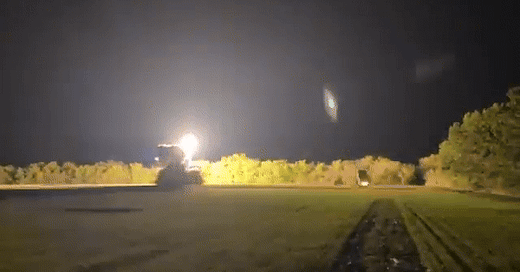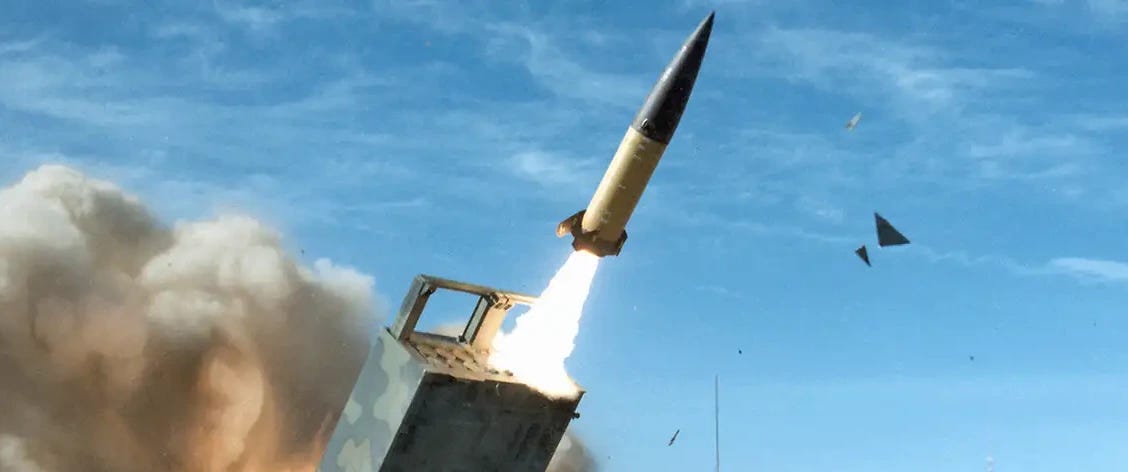Russia Is Bracing For ATACMS Raids
Don't expect looser rules on the U.S-made rockets to reshape the front line
Just two months before U.S. president-elect Donald Trump takes office and potentially cuts off U.S. aid to Ukraine, the administration of U.S. president Joe Biden has authorized Ukraine to fire American-made Army Tactical Missile System rockets at targets in Kursk Oblast in western Russia.
Biden reportedly approved the change in policy after North Korea rushed thousands of troops to the front line in Kursk to aid Russia’s ongoing offensive aimed at ejecting Ukrainian forces from the 250-square-mile salient they hold in the oblast.
The 190-mile-range ATACMS, each scattering up to a thousand submunitions, are powerful weapons. But despite a flash of Russian panic, don’t expect a major impact along the front line. “This is not a blank check to Ukraine,” Mariana Budjeryn wrote for the Bulletin of the Atomic Scientists in Chicago.
The use of ATACMS still comes with restrictions—not all of which have been made public. For now, the permission to use these U.S. weapons systems is reportedly limited to the Kursk operation, where Ukraine is already on Russian sovereign territory and has no operational depth afforded by its occupied territory to strike and thwart Russian offensive efforts. There’s just no other way to defend Ukrainian forces in the occupied swath of the Kursk region but to strike targets on Russian sovereign territory.
And those Russian forces in Kursk are already hardening themselves against ATACMS raids, according to Tatarigami, founder of the Ukrainian analysis group Frontelligence Insight. “Evidence suggests Russia has been fortifying the Kursk military air base since early October,” Tatarigami noted.
Satellite imagery shows new aircraft revetments being built, expanding the airfield's capacity for jets. Both the new and existing revetments are being reinforced with what appears to be concrete blocks for added protection.
It doesn’t help that someone in the Biden administration leaked the change in ATACMS policy. “Since the permission to strike was leaked and publicly announced, it is likely to reduce the impact of strikes,” Tatarigami explained. “While similar construction activities have been observed at only one other airfield so far, our team expects this trend to extend to additional airfields soon.”
Moreover, the looser rules on the ATACMS strikes could end with Trump’s inauguration in January—and so could the supply of the 3,700-pound missiles. “With the risk of future ATACMS shipments from the U.S. being cut off, Ukraine must be very wise in target selection and timing,” Tatarigami wrote. “In areas with heavy air defense, multiple missile launches may be needed for a few successful strikes—something Ukraine cannot afford.”
Read more:
The White House Authorized Ukraine to Fire U.S. Munitions At Targets Inside Russia. Then Someone Leaked The News.
Reportedly alarmed by the thousands of North Korean troops arriving along the front line of Russia’s 33-month wider war on Ukraine, U.S. president Joe Biden has belatedly authorized Ukraine to strike targets inside Russia with its best U.S.-made Army Tactical Missile Systems rockets.






